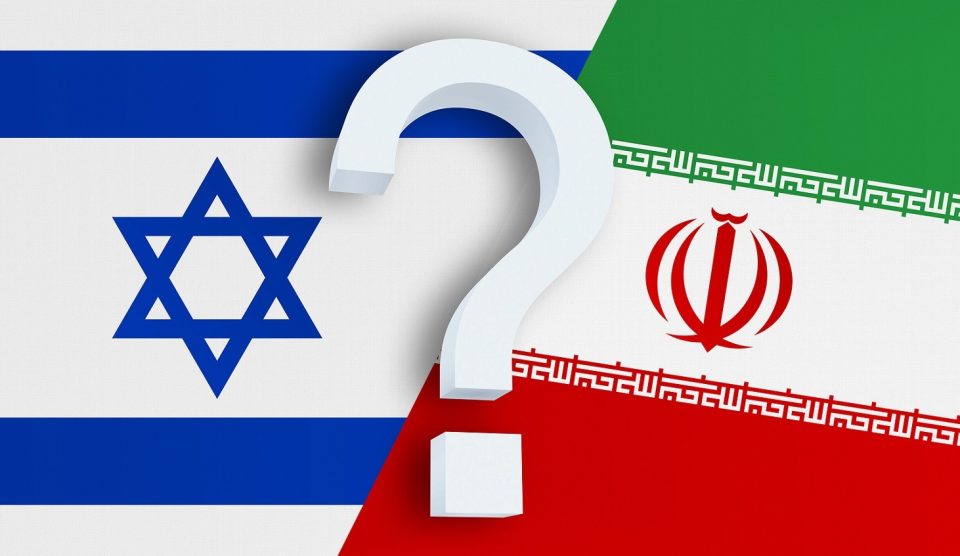FALCON POWERS – Here is an overview of the air power capabilities and air defense systems of Iran and Israel in the event of a prolonged aerial war:
Iran:
- The Iranian Air Force has around 37,000 personnel, but decades of international sanctions have significantly hindered Iran’s access to the latest high-tech military equipment.
- Iran’s air force only has a few dozen operational fighter-bomber aircraft, including some old Russian and American models acquired before the 1979 Islamic Revolution.
- Iran’s fighter fleet consists of around 9 F-4 and F-5 jets, as well as some Su-24 bombers, MiG-29s, F-7s, and F-14s.
- Iran is believed to have around 10,000 combat drones designed for kamikaze-style attacks on targets.
- Iran has over 3,500 surface-to-surface missiles, some with half-ton warheads, though the number capable of reaching Israel may be lower.
- Iran relies on a mix of surface-to-air missiles and Russian/domestically-produced air defense systems for defense, including the S-300 long-range system received from Russia in 2016 and the indigenous Bavar-373 system.

Israel:
- The Israeli Air Force is one of the most advanced and capable air forces in the world, with cutting-edge fighter jets, bombers, and electronic warfare capabilities.
- Israel’s fighter fleet includes around 250 F-16s and 50 F-15s, as well as the newer F-35 stealth fighters.
- Israel has a large arsenal of long-range, precision-guided air-to-ground missiles and bombs.
- Israel’s air defenses include the Iron Dome, David’s Sling, and Arrow systems, providing multi-layered protection against rockets, missiles, and aircraft.
- The IDF has significant intelligence, surveillance, and reconnaissance capabilities to identify and track threats.
- Israel also has the ability to conduct long-range strikes and maintain air superiority through advanced electronic warfare and suppression of enemy air defenses.
In a prolonged aerial conflict, Israel’s technological edge and defensive systems would pose significant challenges for Iran’s aging air force and missile arsenal. However, Iran’s large missile inventory and suicide drones could still pose a serious threat, especially to Israel’s population centers. The outcome would depend on various tactical and strategic factors in a complex, rapidly evolving battlefield.


